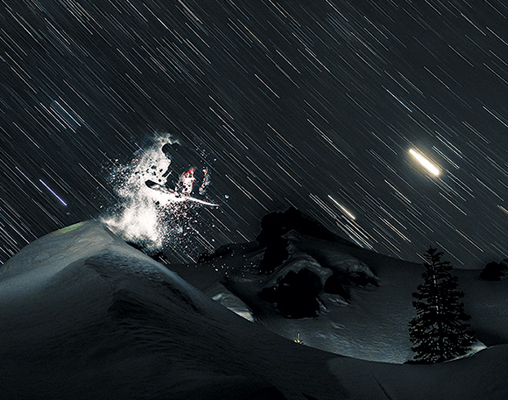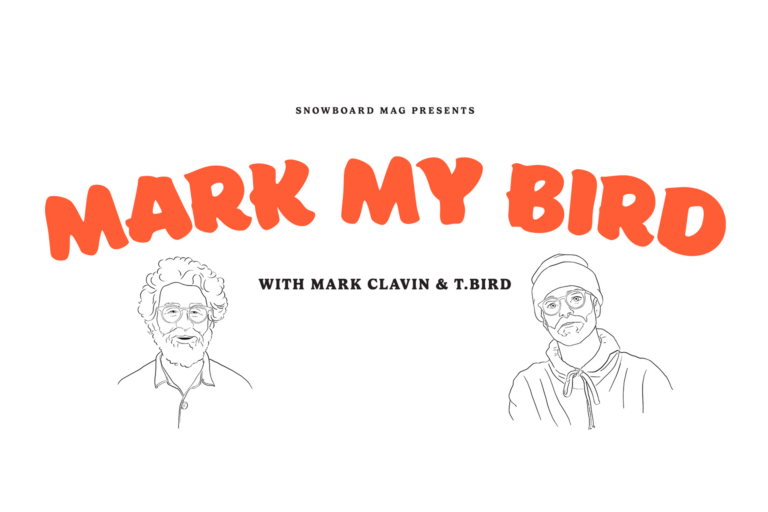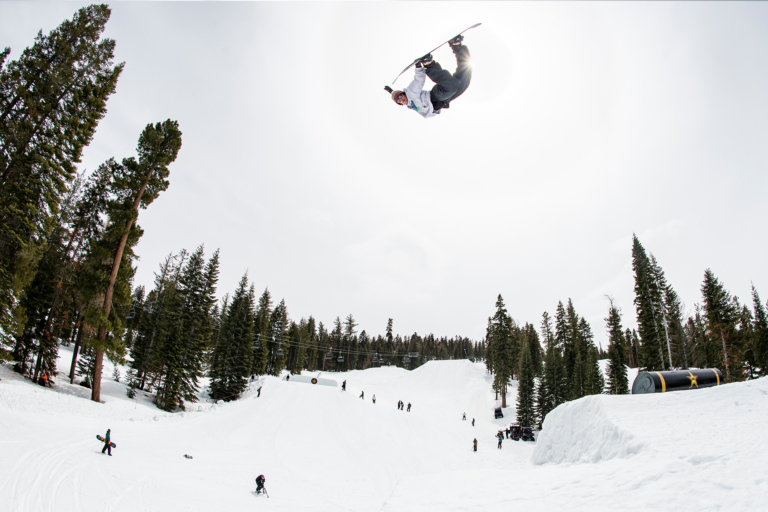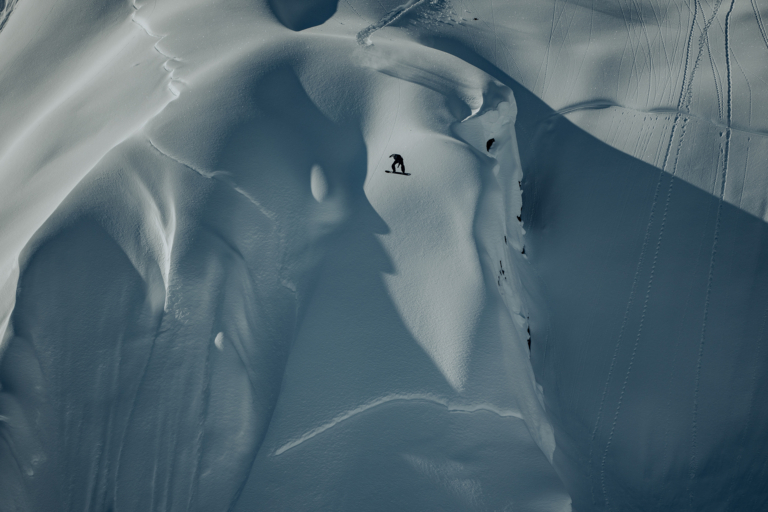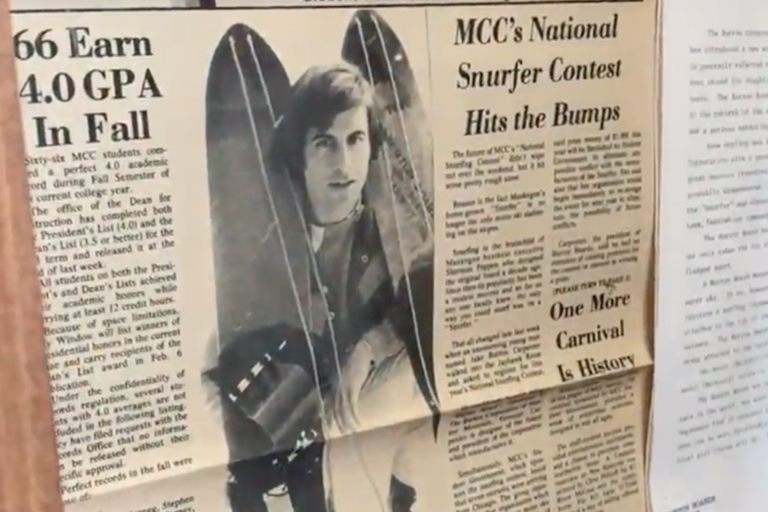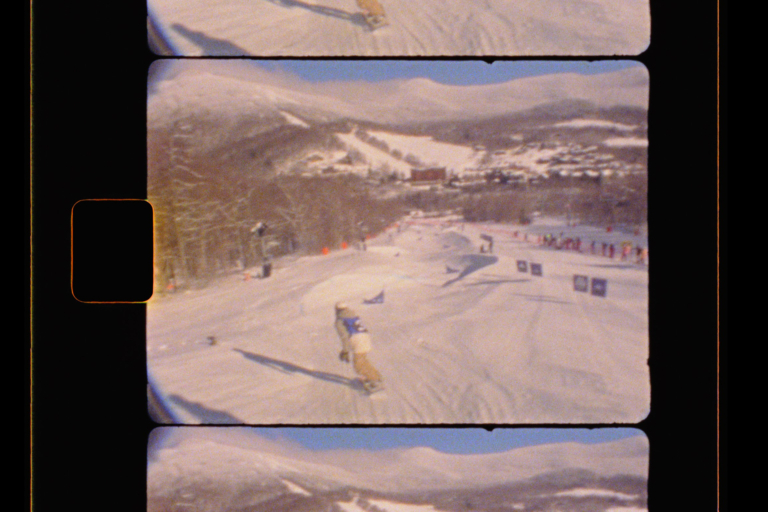Words: Nate Deschenes
Originally featured in Snowboard Mag Vol. 10, Issue 3 | The Cerebral Issue
The barrage of thoughts start to dissipate; there’s no room for them here. You’re solid, you’re grounded, you’re ready to do this. Then suddenly, everything goes quiet. Floating through the air, you’re spinning as though in slow motion. You’re absolutely locked into the trick, the grab, the moment. Time stands still and before you can grasp what has happened, you’re riding away. Thought then starts to come back. You ask yourself, “Did I just do that?!”
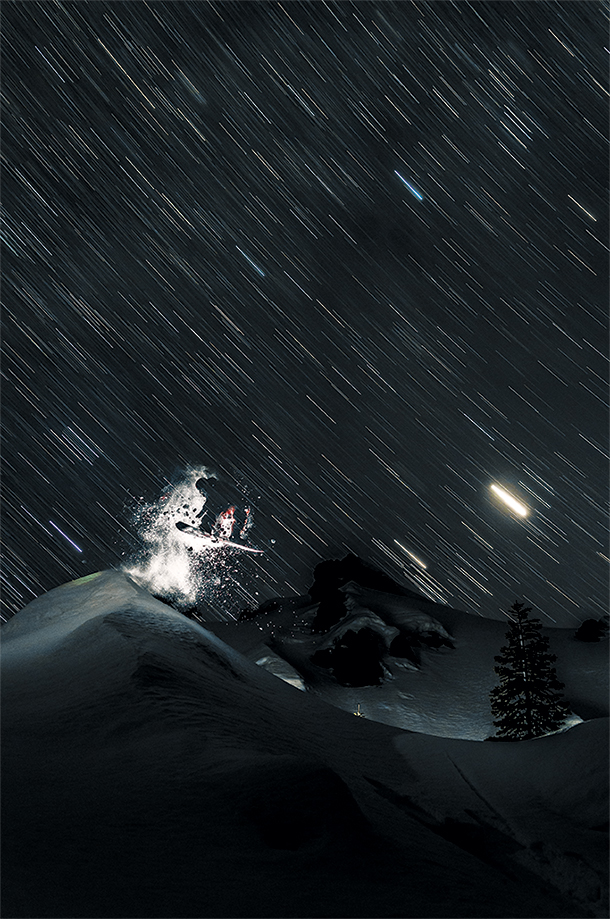
Uncommon Perception
We all have those “ah ha” moments when a trick or a riding experience just makes absolute sense. This often happens effortlessly and spontaneously. For whatever reason you accessed a place not commonly visited in waking hours, a place of direct perception that allowed for an entirely incomparable experience to unfold. A place we don’t even know we’re in until we emerge from it.
Unlike so many of our daily activities where we can tune out, by default snowboarding forces us to be present, rendering events outside of our immediate circumstance entirely inconsequential. It’s simple really, be present or face serious injury, even death. By edging out rumination, or needless speculation about the past or future, our experience is narrowed into a sharp luminous razor of knowing. Experientially, the mind goes from a flood light to a laser beam, and as it turns out, this heightened awareness dishes up the still of awareness needed to achieve, among other things, the impossible.
But what exactly is the cause of this heightened awareness? Is it the environment, the board, our skill level, or is it the experience of our mind, free from the usual mental clutter?
What is it?
When caught in the moment as we often are snowboarding, we access a higher level of consciousness where we are keenly aware of our circumstance without judging what is happening. It is an unspoken understanding of the purpose of what we are doing without the need for comparison or it hinging on anyone’s approval. It is just being. It is the simplest of human experience and at the same time, the most profound. Through a matrix of unfolding events an occurrence develops that becomes illuminated. Because we dismiss our idea of what we think we are capable of, we can break through the normal image we have of ourselves and encounter an experience once thought beyond reach. We call this flow.
In the process of researching this article, I had the opportunity to speak with Troy Omafray, an experienced Buddhist scholar and meditation student of B. Alan Wallace Ph. D., noted author and founder of the Santa Barbara Institute for Consciousness Studies. Omafray spoke on behalf of Dr. Wallace. In asking him about this notion of flow he says, “Flow experience is simply a particular frame of time where the mind has become single-pointed upon a particular object because we have taken a great interest in that object. As long as we can maintain that interest, we will be experiencing a concentrated flow of awareness.”
More content from Issue 10.3: The Saga of the West: Tracking the White Wolverine
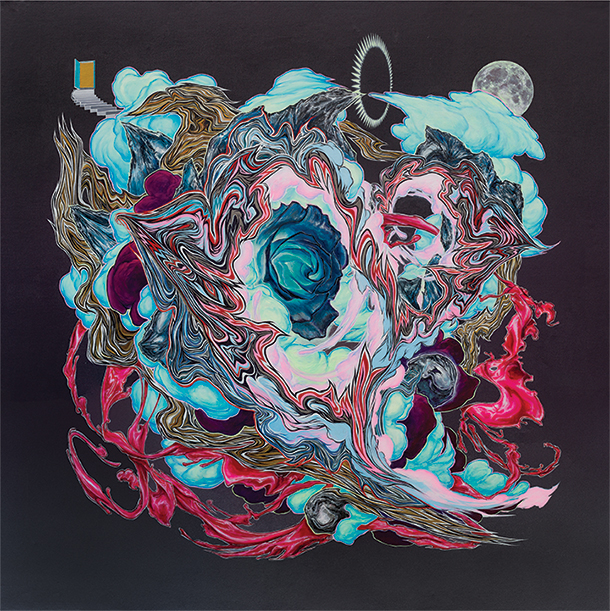
“Our awareness, or consciousness, can be likened to a light,” continues Omafray. “Wherever we shine that light we illuminate objects. If that light of consciousness is defuse, then we may experience boredom, malaise, anxiety, however if the mind is bright and sharp like a laser, boredom, malaise, anxiety and the like vanish. Flow experiences then are often characterized as being enjoyable, but this is not due to the object. The enjoyment is flowing from our side, the side of the mind. Whether an object is enjoyable or not is primarily determined subjectively.”
I thought that was fascinating, the idea that “I” was creating my experience. It occurred to me that consciousness is part of the formula that we often overlook because it’s so close to us, not to mention the fact that our culture often merges the mind with the brain, and not knowing what to do with it, sweeps this immaterial and unmeasurable “mind” under the rug.
Moreover, these moments of being tuned in to our experience are something we know directly, not something conceptually conjured up or mediated in some way. In psychology, it’s explained that through the practice of mindfulness, or sustained attentive awareness on a particular object, that we can have breakthroughs in creative thought and increased well-being. In contemplative traditions such as Buddhism or Taoism, the idea of cultivating a greater sense of awareness is central to being awake to the true nature of reality. In the end, whether we’re snowboarders or Buddhist contemplatives, this essential knowing is the same, and we all have access to it 24/7.
While we may recognize how good it feels when we flow, and how things often miraculously work out in this mindful state, we may want to know how to extend that experience into our daily life. Are there ways to experience it more regularly?
Continue reading on the next page…
